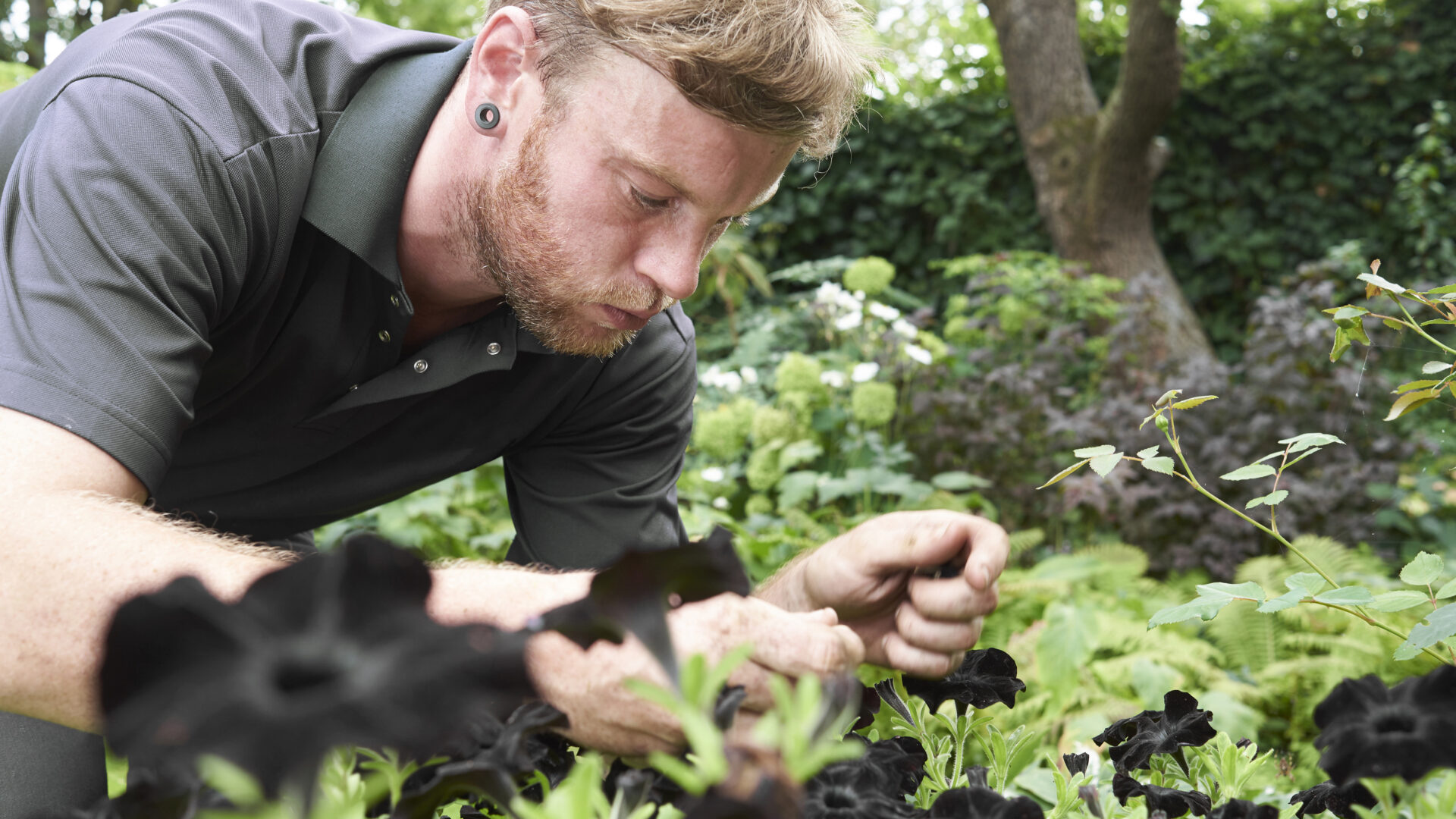
A few years ago, at a pre-conference dinner, I was talking to the French garden designers Eric Ossart and Arnaud Maurières. I remarked on how much I’d enjoyed visiting a garden of theirs in central France. ‘We don’t talk about that project’ they said. I was puzzled, but when I pushed them, they said it was because the project had gone in a direction they weren’t comfortable with. This was a garden for the residents of a town in central France, funded by the Mayor. I was fascinated by this. Whose project was it? And when is a garden finished?
This question becomes particularly pertinent as we are in the thick of ‘awards season’. Awards judges look at a finished garden. But what exactly is a ‘finished garden’? In the case of the BALI awards in particular, it is defined as practical completion, but surely that is the beginning of a garden, not the end? The SGD takes a more flexible view allowing gardens to be submitted several years after ‘completion’. Of course, judges have to look at a garden as a snapshot – how else could they judge it? In truth, a garden is a partnership between the designer, the client and the gardener (who may also be the client). Sometimes the partnership goes on for many years, the garden developing all the time.
I once likened designing a garden to building a boat. We design the boat, someone builds it, but where it sails and the adventures it has are down to the owner and skipper.
At the heart of this is the idea of garden-making as a process. Years ago, Vicky and I were showing an entrepreneur friend around the community garden with which we are involved. ‘When will it be finished?’ he asked. When we told him that it was not about being finished – it was about the process, he was completely flummoxed. ‘But how can it never be finished?’ This was a man that was used to Projects (with a capital P) – plan, inputs, process, output – finished product and move on to the next. We explained that the whole point of the community garden is that people were personally involved the process and therefore invested in outcome. But it was the process that was the important thing. As different members of the community drift in and out of the project, the garden will change and develop. Some people will build on what others have done, others will edit or remake. And from year to year, the garden will change.
Of course, this is clear enough for a community garden, it will never be ‘finished’. But what of the gardens that we design, and how should we feel if clients change them, even if it is a gradual process? I know some gardens that have had several designers working on them – work layering and integrating over the years. I recently walked around the American Ambassador’s garden in Regent’s Park with the retiring Head Gardener Stephen Crisp. I had a particular interest in this as I had worked on the garden in the 1980s with Peter Shepherd. Before that, Peter Coates had designed much of it. Stephen showed how in some areas the bones of the previous designs were clearly there – like the outlines of a room – but were newly interpreted. In other places, the original design remained strong, and in some it had melted away. In this sense, a head gardener can have a significant impact on a garden.
This is also a dilemma faced by curators of historic gardens – should they evolve or be kept frozen in a time? I also worked with Peter Shepherd on Charleston Farmhouse – the country house of the Bloomsbury set. Here, the gardener who helped restore the garden went on to become the Head Gardener and married a member of the family. He was imbued with the place, and it with him. If we look at the work of some great head gardeners of famous gardens (Troy Scott at Sissinghurst, or Fergus Garret at Great Dixter for example) they have an understanding not only of the essence of the place – the genius loci – but also of the intentions and spirit of the designer. The garden becomes a living thing. And like our children, gardens do not always turn out exactly as we expect, but we are invested in them and want to be proud of them, nonetheless.